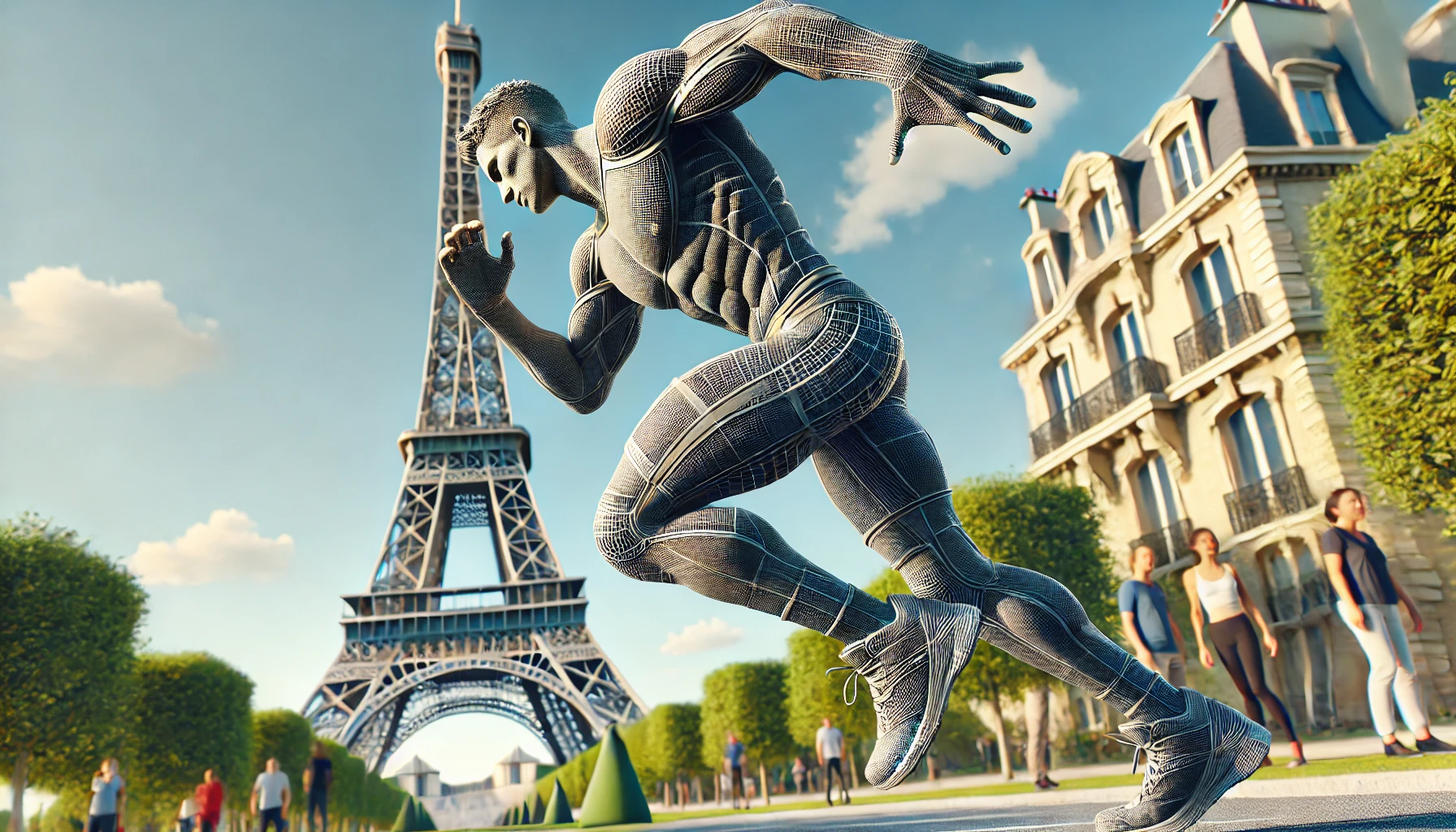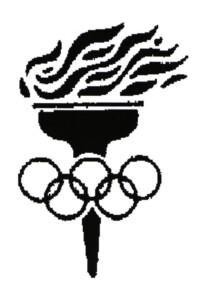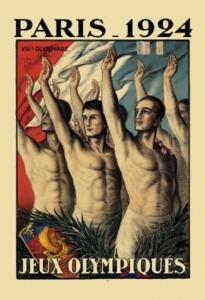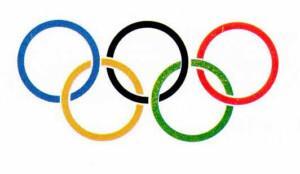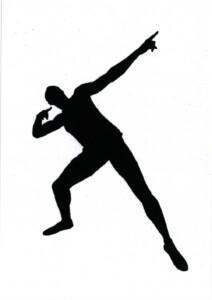The Paris Olympic Games, taking place between 26 July and 11 August 2024, represent not only a pinnacle of athletic achievement but also a significant convergence of intellectual property. From the iconic five-ring symbol to cutting-edge product innovations and athlete trademarks, the games are a showcase of global brands and technologies.
International Olympic Committee (IOC)
The IOC has meticulously protected its brand through extensive trademark registrations. This robust protection ensures that the Olympic symbols, slogans, and associated marks are preserved and respected worldwide. Furthermore, the IOC’s comprehensive licensing program maintains the visibility of the Olympic brand across various merchandise products, ensuring its presence beyond the games.
In addition to trademark, IOC gets legislative support from host nations. Host nations often enact special laws that govern the use of names, signs and symbols related to the games. This takes the protection of the Olympic brand to a whole new level, something that other businesses and brands can only dream about.
Here are some of the trademarks registered by the IOC.
Product and equipment manufacturers
Product and equipment manufacturers also play a crucial role in the Olympic narrative. Through their advanced technologies and innovative designs, these manufacturers push the boundaries of performance, offering athletes the tools to excel.
The examples of Adidas’ “Connected Ball Technology” and Speedo’s LZR Racer Suits highlight the sophistication and impact of these technological advancements. The Adidas footballs used in the Olympic tournament are basically computers you can kick around the field. These balls transmit real-time information and can detect even the slightest touch or movement. They also send information to another system, the “video assisted referee”, or VAR, making sure that rules are followed to the millimeter.
Designs also play crucial role. For example, bicycles must be designed so that they minimise wind resistance. The oars in rowing must be designed in a way that they give maximum propulsion and power transfer to the athlete.
Athletes
Athletes, as global brands in their own right, add another layer of intellectual property to the Olympics. Many have secured trademarks for their names, poses, and celebrations, further emphasizing the intersection of sports and branding. These trademarks not only protect their personal brand but also enable them to expand into product lines and endorsements, creating lasting legacies.
Here are two trademarks registered by athletes (though not ones competing in Paris).
Many top athletes have also gone on to create their own product lines. These include the former tennis champion, Swedish Björn Borg, Norwegian skier Björn Dählie (eight-time Olympic winner) and of course Christiano Ronaldo.
Conclusion
The Paris Olympic Games are more than a sporting event. They are a dynamic exhibition of intellectual property in action. From the IOC’s strategic trademark management to the technological innovations of equipment manufacturers and the personal branding of athletes, the games illustrate the profound integration of sports and intellectual property. As we watch the athletes strive for glory, we are also witnessing the power of branding and innovation on a global stage.
